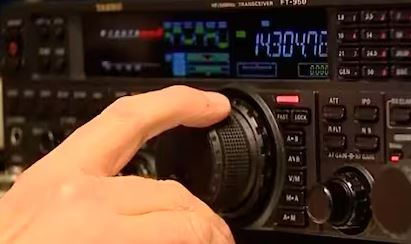Amateur radio began its great boom after the scientific and technological development that began in the 20th century.
The first transmitters were built in 1900, through which messages could be sent in Morse code, and sometime later, the clubs were born, from there the origin of the great amateur radio associations.
During the following decades, communications covered great distances, but it was during World War II that there was a cessation of amateur radio.
However, with space travel in the 1950s, there was a major boom after the launch of the first Sputnik.
With the so-called digital era, it became possible for radio amateurs to maintain direct contact with an astronaut sent into space.
The Internet was a breakthrough in broadcasting, and it is now possible to design programs for digital communication, which can also be used for radio astronomy.
Amateur radio has also helped to ensure that no more lives are lost due to catastrophes and natural disasters.
jrr/jav/mem/abm









